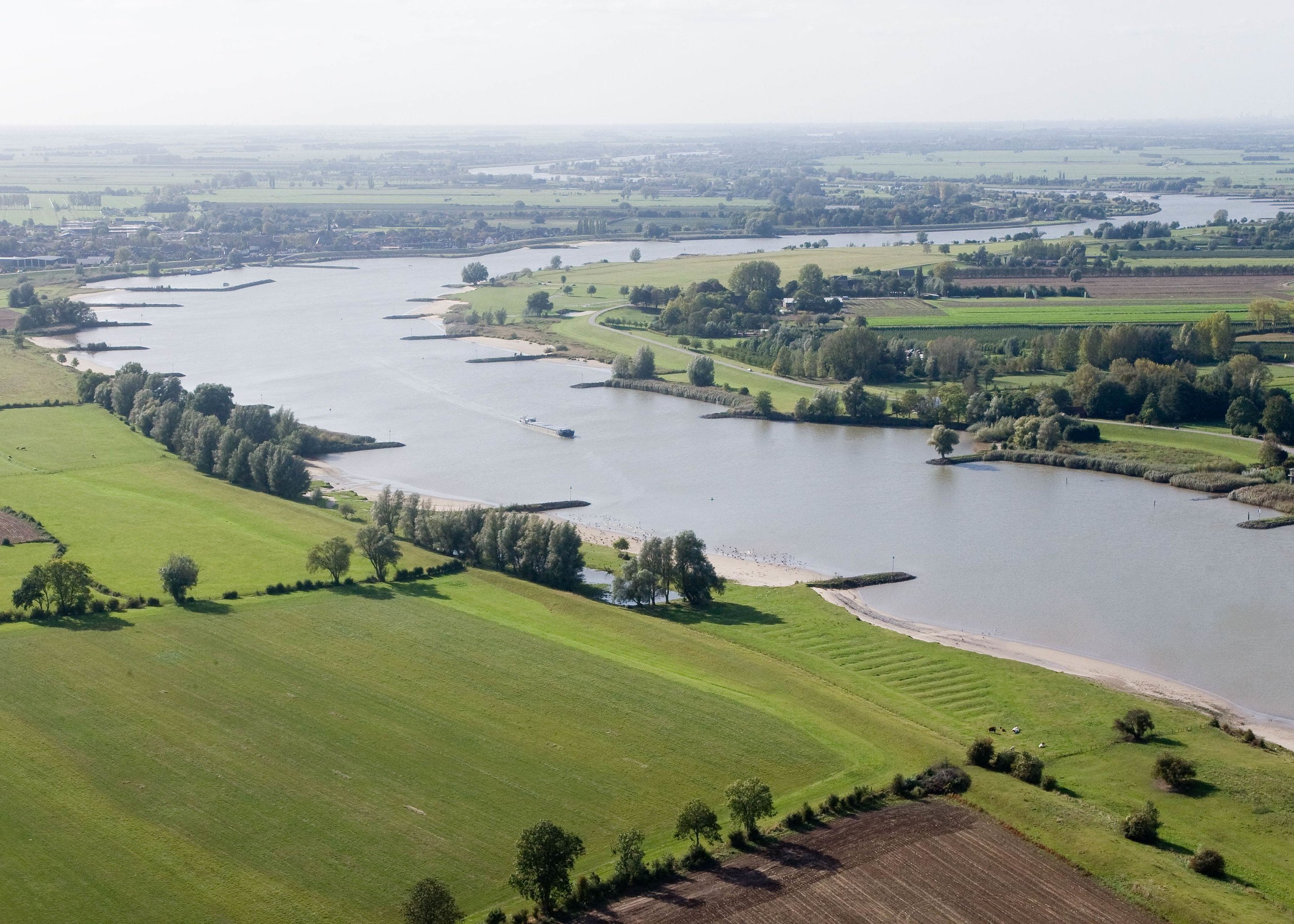
Summary:Even long before medieval inhabitants reclaimed land and raised dykes at a large scale, humans have had a strong impact on river behavior in the Dutch delta plain. Physical geographers have demonstrated that two present Rhine branches developed stepwise in the first centuries CE, because of two combined man-induced effects.
Even long before medieval inhabitants reclaimed land and raised dykes at a large scale, humans have had a strong impact on river behavior in the Dutch delta plain. Physical geographers at Utrecht University, The Netherlands, have demonstrated that two present Rhine branches developed stepwise in the first centuries CE, because of two combined man-induced effects.
These river branches formed due to land subsidence in the Dutch peatlands and by increased sediment supply from the German hinterland, both of which were human-induced. “What began as minor changes in the delta landscape can have unexpected large-scale outcomes. We should be aware that unintentional natural effects of human interventions are to be taken into account in the management of modern deltas,” researcher Harm Jan Pierik explains. “Our research shows that human interventions can trigger the formation of new rivers along courses that natural branches would not have taken.”
This occurred in the downstream peatland areas of the Rhine delta. It had been an inaccessible swamp forest for thousands of years, forming an obstacle for the formation of new river courses. “However, from the beginning of the Common Era growing numbers of people settled along the edges of the swamp, and expanded their land use from the banks of rivers and creeks into the peatland.” As an unintentional consequence, this caused the formation of the Hollandse IJssel (from 100 CE) and Lek (from 300 CE).
Archaeological data show that on the southwestern side of the peatland, along the Meuse estuary that later became the Rotterdam harbor, settlements were present on the banks of tidal creeks. Here, agricultural land use expansion into peatland started in the last centuries BCE, testified by ditches and culverts that drained the topsoil. This caused land surface lowering, which in turn enabled flood water and sediments to penetrate deeper inland.
Pierik says, “This made the tidal creeks bigger and longer, reaching ever further into the peat swamp.” This situation was mirrored along the northeastern side of the swamp where creeks from the Rhine River ran into the swamp as well. In addition to that, the Rhine hinterland had become widely deforested. This increased hillslope erosion, which led to more sediment transport by the Rhine. This sediment was deposited on top of the peatland that further subsided under the additional weight, further helping the formation of creeks in the peat.
The creeks from both sides ultimately connected in the middle of Holland’s peatland and grew into the new rivers Lek and Hollandse IJssel. “As these new routes became the most favorable courses for the water flow, the Old Rhine course carried less water and silted up. In this way, the lower delta river network was completely transformed unintentionally, within a few centuries following the reclamation activities.”
Research into landscape impacts of past human activity in deltas enables us to learn about the effects this may have on the long term, says Pierik. “With the notion that reclamation activity can start a chain reaction, one can develop different perspectives towards recent increased human pressures in deltas worldwide, for example the Mekong and Ganges,” explains Pierik. “In addition to anticipating sea level rise, these areas also have to deal with land subsidence, for example caused by increased groundwater use. And just as in the Dutch situation, this may not only cause major changes locally, but also on the scale of the entire delta.
More: Science Daily







Leave a Reply
You must be logged in to post a comment.